
From Kerala to the Met: India’s Carpet Legacy
n a remarkable fusion of tradition, craftsmanship, and global influence, India's carpet industry continues to command attention on the world stage. From age-old artisan clusters to high-profile events like the Met Gala, Indian carpets have seamlessly woven heritage with contemporary aesthetics. This blog explores India's handmade carpet industry's legacy, evolution, and future while spotlighting the story behind the Met Gala’s iconic blue carpet, created in Kerala.
Join us at Qalara as we dive deep into the textures, tales, and traditions of Indian carpets.
A Carpet from Cherthala to the Met Gala
For the third consecutive year, Neytt by Extraweave, a Cherthala-based design studio in Alappuzha, has designed and produced the iconic Met Gala carpet, reaffirming its role as a trusted creative partner for the prestigious event. The 2025 edition, themed “Superfine: Tailoring Black Style,” featured a 63,000-square-foot deep blue carpet adorned with golden daffodils and cascading floral arrangements, embodying both elegance and sustainability.

Via: r/Kerala (Reddit) Made from biodegradable sisal fibers, ethically sourced from Madagascar, the carpet showcases a strong dedication to sustainable and eco-friendly design. The meticulous process involved weaving 57 rolls, each measuring 4 meters in width and 30 meters in length, totaling 6,840 square meters. Approximately 480 artisans dedicated 90 days to perfecting the weave and finish to meet the Met Gala‘s exacting standards.
India's Carpet Industry: A Global Powerhouse
India remains dominant in the global handmade carpet industry, contributing around 40% to the world’s total exports. In fiscal year 2024–25, the country exported carpets worth $1.24 billion between April and December 2024, reflecting a slight decrease from $1.39 billion in FY 2023–24.
The United States continues to be India’s leading importer, with carpet exports reaching $808 million between April and December 2024. Notably, handmade carpets made up $667 million of this total, highlighting the robust demand for Indian artisanal products in the U.S. market.
India’s handmade carpet sector is a key driver of employment, supporting over two million artisans, primarily in rural regions. Major carpet-producing states include Uttar Pradesh, Jammu & Kashmir, Rajasthan, and Andhra Pradesh. Among them, Bhadohi—widely known as the “Carpet City of India”—contributes approximately 75% of the country’s total carpet exports.
Despite its global prominence, the industry faces challenges such as high tariffs in key markets. For instance, Turkey imposes a 46% duty on Indian carpets, while India levies a 20% duty on Turkish imports. Additionally, tariffs imposed by the U.S. during the Trump administration have affected the competitiveness of Indian handmade carpets.
To address these issues, the Carpet Export Promotion Council (CEPC) is advocating for policy changes, including reciprocal tariffs and unique HS codes for handmade carpets, to distinguish them in global markets and enhance their competitiveness.
India’s carpet industry, with its rich heritage and skilled artisans, continues to adapt and innovate, ensuring its position as a global leader in handmade carpet exports.
Challenges and the Road Ahead
Despite its strong global presence, India’s handmade carpet industry grapples with a range of multifaceted challenges. The most pressing issue is trade protectionism. With key markets like the U.S. and Turkey imposing high import duties, Indian artisans are struggling to remain price-competitive on the world stage. These barriers are particularly unfair to handmade carpets, which should be treated as distinct from machine-made imports, yet lack their own unique HS code classification globally.
Moreover, global economic uncertainty and shifts in buyer priorities, such as faster delivery timelines and trend-based seasonal design cycles, are testing the flexibility of artisan clusters in India, which rely heavily on traditional methods and longer production timelines.
Internally, the industry also grapples with generational skill loss. Many young weavers are leaving the trade due to inconsistent incomes and a lack of institutional support. This issue is compounded by rising input costs (especially in natural dyes and organic yarns) and climate-related disruptions affecting raw material supply chains.
To overcome these hurdles, several proactive measures are underway. The Carpet Export Promotion Council (CEPC) has pushed for reciprocal tariffs, government-backed infrastructure support in weaving hubs, and the creation of a dedicated GI and HS Code for handmade carpets. There is also a call for better digital market access and branding initiatives under “Vocal for Local” and “One District, One Product” campaigns. These policy interventions are essential to safeguard India’s dominance in a competitive, increasingly digitized global market.
Also read: Handweaving in India: A handloom tour
Craft Meets Innovation: The Future of Indian Carpets
The next frontier for India’s carpet industry lies at the intersection of sustainability, technology, and design innovation. Globally, there’s a rising demand for eco-conscious and ethically made products. Indian carpet artisans are turning to natural dyes, recycled materials, and zero-waste weaving techniques as a way to adapt.
On the tech front, digital catalogs, AI-generated pattern design, and blockchain for supply chain transparency are transforming how Indian carpets are bought and authenticated. Some exporters are already exploring augmented reality (AR) tools to allow interior designers to preview carpets in virtual rooms. This merging of ancient artistry with modern storytelling and sustainable practices is positioning Indian carpets not just as commodities, but as cultural and conscious luxury.
Explore Indian Carpets with Qalara
That’s where Qalara steps in. Discover a thoughtfully curated range of carpets and rugs, from hand-tufted to flat-woven, wool to jute, cotton to silk, and even upcycled blends. Whether you’re after artisanal charm or conscious sourcing, our trusted supplier network across India ensures quality, variety, and authenticity.
Explore our collection and find the perfect fit for your space
Conclusion
India’s carpet legacy is a story woven with tradition, resilience, and reinvention. From rural looms to the red carpet at the Met Gala, the journey of an Indian carpet encapsulates centuries of craft knowledge, economic ambition, and global relevance.
As the industry tackles challenges head-on through policy reform, innovation, and a global design outlook, it holds immense promise. The carpets of India are more than floor coverings; they’re woven testaments of identity, creativity, and craftsmanship, and they’re here to stay on the world stage. Source this exclusivity from Qalara’s wide range, from earthy dhurries to plush wool and premium silk blends, we bring India’s finest weaves straight to you!
~ Written by Shambhavi



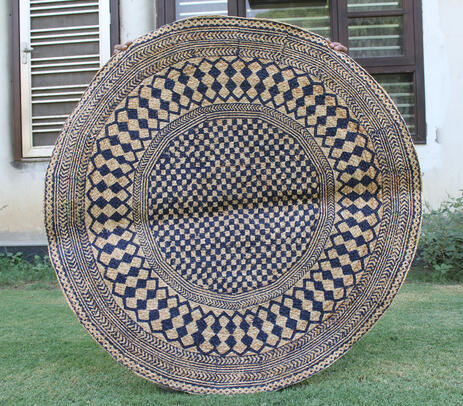
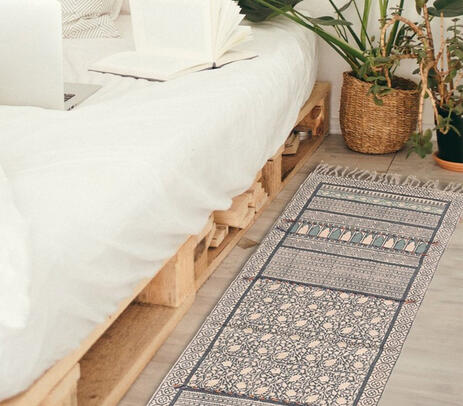
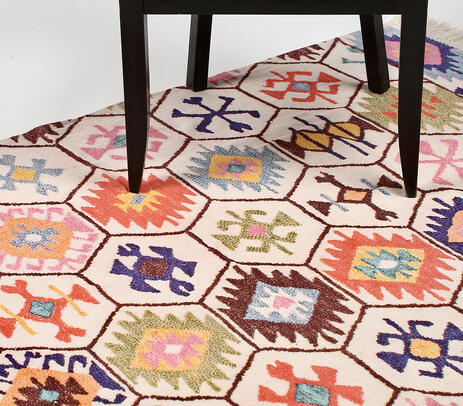
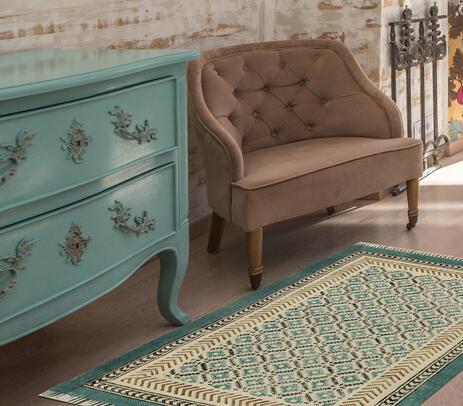


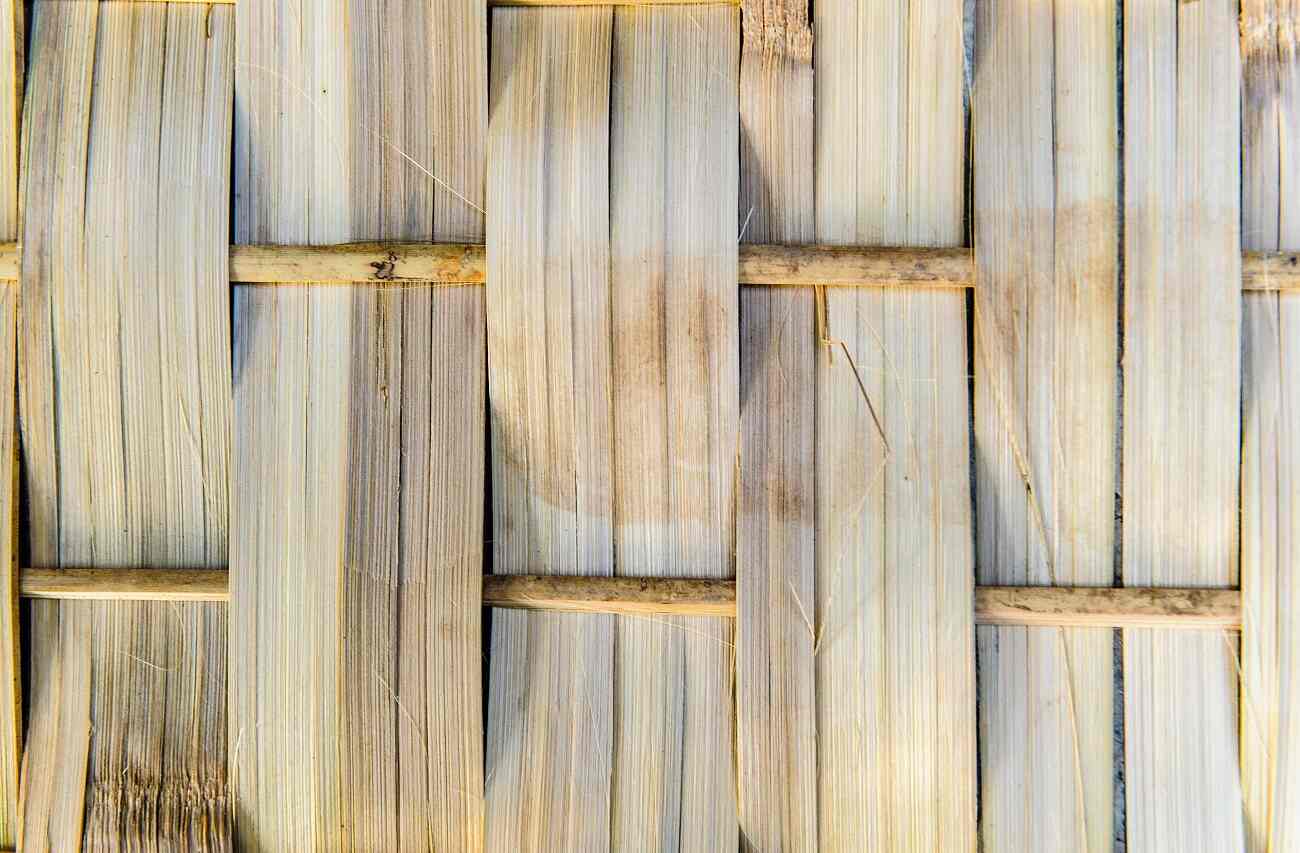
Leave a Reply